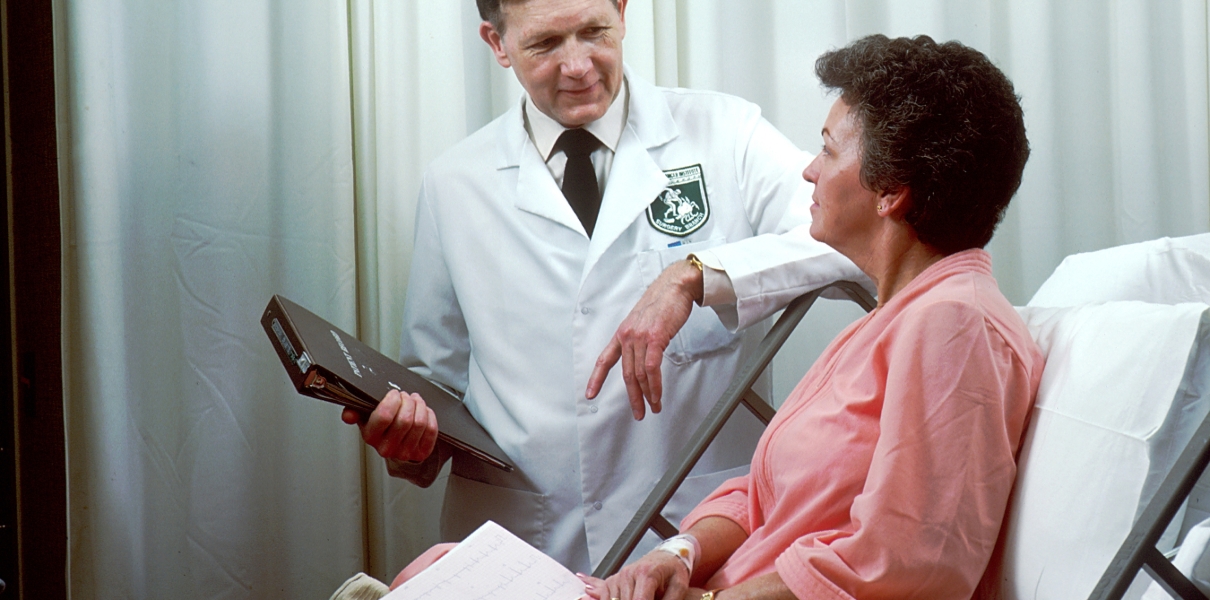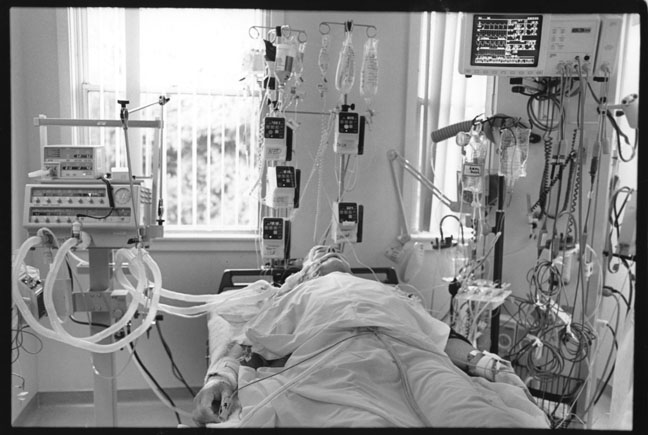If you receive a terminal diagnosis, you may be shocked or not, but one thing is very clear, you have some important decisions to make. Others can advise you and/or express their concerns, but ultimately it is you, and only you, who must decide what course of action to take. Do you want to try anything and everything available, both conventional and unconventional? Or, is your inclination to seek hospice or some other form of palliative care? Or, somewhere in between? The decision is yours.
Remember that everyone who expresses a point of view on what you should or should not do has a vested interest. Loved ones may feel strongly about a course of action other than the one you choose. It is also important to recognize that doctors are in the business of saving and preserving lives and, unfortunately, are focused on avoiding malpractice lawsuits as well. As a result, many doctors view the option of palliative care or hospice as a personal and professional failure and therefore do not introduce this option readily. Instead, most doctors are inclined to pursue ongoing medical treatment to slow the progression of the disease.
Here are several things to keep in mind when talking to doctors about a terminal diagnosis.
- Before going to the appointment, remind yourself that this is your body, your life that you will be talking about. You have a right to your own point of view and your own beliefs and preferences regarding the end of your life’s journey.
- Make a list of everything you want to discuss with the doctor ahead of time — all your questions and concerns.
- If you haven’t already done so, be sure to appoint a Health Care Proxy to take charge of honoring your wishes if and when you are not able to advocate for yourself. If possible, have that person with you when you talk to your doctor. If they are not available, be sure to have someone else with you who can provide emotional support, take notes and help you to remember everything you wanted to discuss with the doctor as well as what the doctor has to say.
- Take charge of the conversation. DO NOT let the dynamic be that of a one way conversation between a demi-god doctor and his or her patient. Doctors are neither gods nor magicians.
- Before discussing what the doctor can or cannot do for you, take the time to share with him or her your personal beliefs and values about death and dying. If you have a Healthcare Proxy, Living Will and/or have filled out a Five Wishes form, provide your doctor with copies and review them together. This is your opportunity to inform your doctor of what kind of medical support and procedures you do and do not want and under what circumstances.If you haven’t already done so, legally document your wishes using the above mentioned forms. Be sure your documentation is in accordance with the laws of the state in which you live. Go to your state government website to get current forms. If you are interested in using the Five Wishes form, be sure it is legally recognized in your State. You might find this website helpful.
- Your doctor is an essential resource for you for both information and treatment. Ask your doctor to review your prognosis and the alternative forms of treatment available. For each protocol, ask the doctor to explain the risks, benefits, side effects of treatment and the probabilities of success or failure as well as a definition of what success or failure would look like and the probable time line.
- Throughout your discussion, remember there is no such thing as a dumb question and you are entitled to whatever it takes for you to feel well informed to make a decision that is right for you.
- Take your time. The doctor may be busy, but this is your turn and your life and you deserve your doctor’s full attention.
- If your doctor does not bring up the topic of hospice or palliative care, do so yourself. Ask your doctor to explain his or her point of view of these services as well as what he or she believes would be your probable future should you choose to forgo further medical treatment and seek immediate palliative care.
- If you need more time to make a decision, honor that. Don’t let anyone rush you. Once you have made up your mind about how aggressive or not you want your treatment to be, tell you doctor and be sure you have his or her full support of your choice. If not, you may need to find another doctor. If your choice is to go the route of hospice or palliative care, ask your doctor for a referral. Palliative care is not a death sentence. It is a matter of foregoing further medical attempts to prolong the duration of one’s life through medical interventions. At the same time, it is surrendering into the care of professionals who are dedicated to providing you and your loved ones with comfort and support for the remainder of your life’s journey. I often refer to my personal experience with hospice when my mother was dying as that of being abducted by angels. It was an extraordinary blessing. I only wish we had chosen that path sooner.
It is remarkable how many people with a terminal diagnosis report a heightened sense of being alive for the remainder of their journey. It is my wish that those of you facing a terminal diagnosis embrace your journey, using your remaining time to share yourself with your loved ones and to bring peace, balance and completion to your life.
If you would like to know more about me and my work, please explore my website here.
Also, if you know anyone who might get value from this article please email or retweet it or share it on Facebook.













